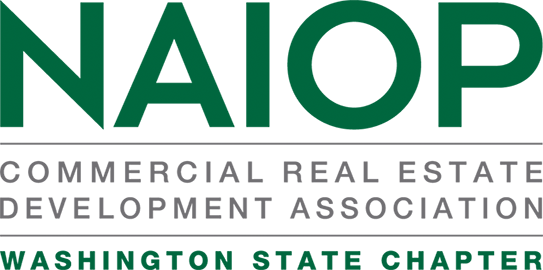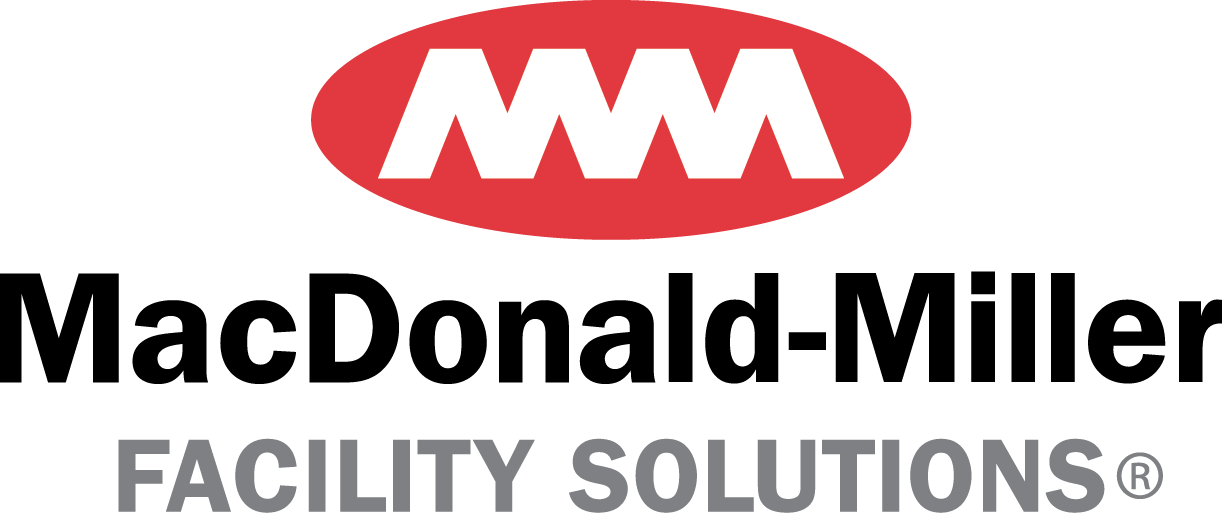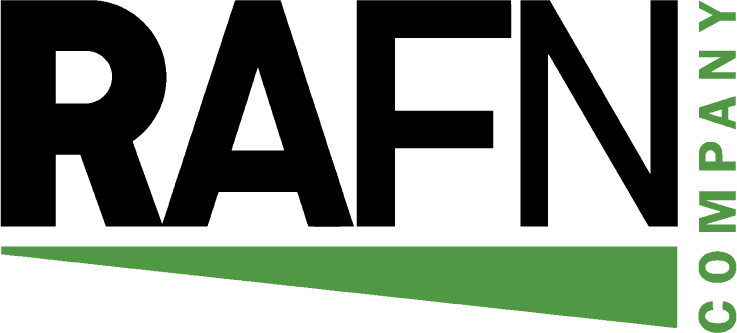Navigating the Carbon Offset Market: Sustainable Development Event Recap

During the NAIOPWA event, “Navigating the Carbon Offset Market” attendees met in a cozy lounge space at MG2 to network and listen to four diverse local industry experts talk about a timely topic: carbon offsets.
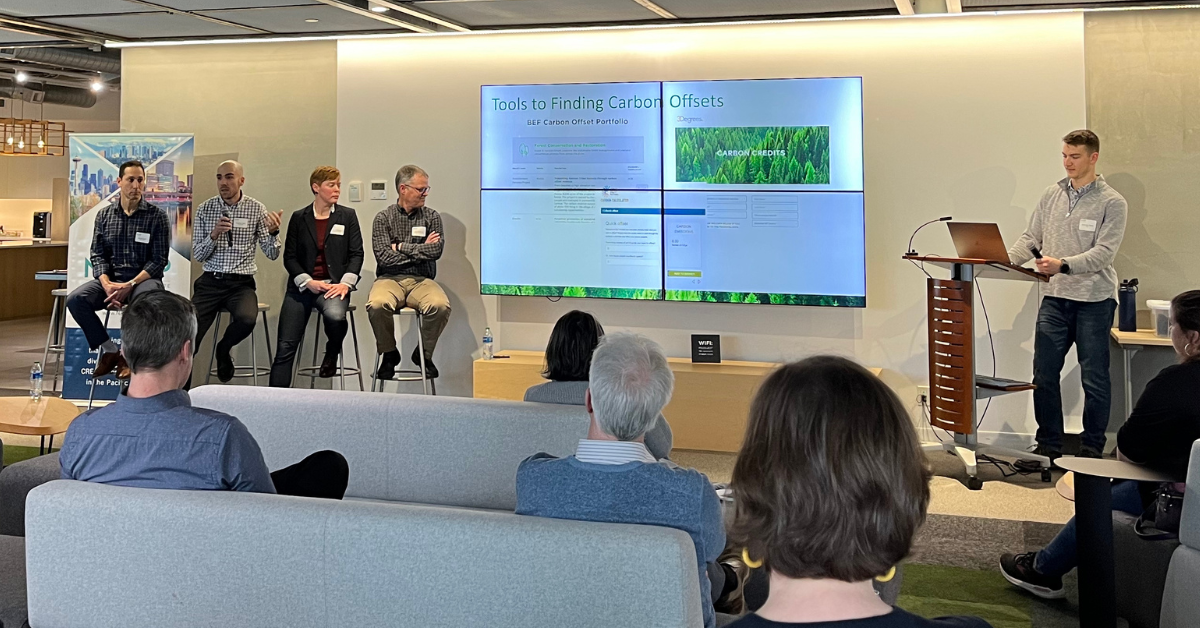
Through a curated set of questions from moderator Jackson Reid (GLY), our panelists walked us through the inherent necessity of carbon offsets, the potential benefits of different types of purchasable offsets, the levels (or “scope”) of carbon to review and consider offsetting, the types of carbon offsets you can pursue, and, finally, how to ensure the offset you want to purchase is legitimate and enduring. The panelists Jim Hanford (The Miller Hull Partnership), David Leon (Forterra), Andrew Sahl (OAC Services), and P.J. Tillmann (Cascadia Consulting) each provided their unique perspective and expertise with the audience.
Within the real estate, architecture, engineering, and construction (AEC) fields, sustainability has become a paramount concern. There is a growing emphasis on reducing carbon emissions as we continue to lower our operational carbon footprints. Carbon offsets have emerged as a key strategy in mitigating the environmental impact of construction projects and development organization.
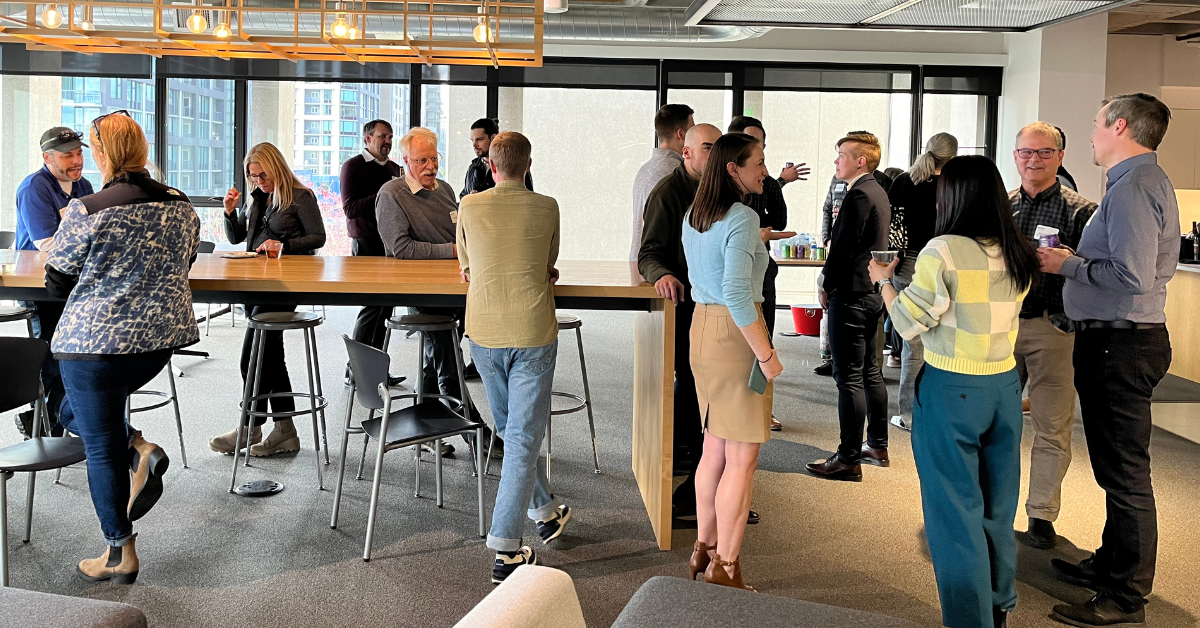
By investing in carbon offset initiatives such as forest conservation and reforestation, renewable energy projects, regenerative agriculture, or waste capture, our fields can compensate for their unavoidable carbon emissions, effectively neutralizing their carbon footprint. This proactive approach not only aligns with the global efforts to combat climate change, but also enhances the industry’s reputation for environmental responsibility. At this point, carbon offsets can play a role in distinguishing your company and/or individual projects from others. Looking towards the future, carbon offsets will likely become the baseline for conscientious business practice.
Purchasing carbon offsets can be confusing and feel volatile, so our panelists also walked us through some best practice guidelines. A good approach for determining if an offset is reputable and long lasting is to run through these bullets with the help of a carbon offset broker:- Includes third party verification
- Consistent purchase criteria
- Project monitoring and reporting available
- Positive community impact
- American Carbon Registry
- Gold Standard
- Verra Verified Carbon Standard
- Climate Action Reserve
Implementing carbon offsets in this sector not only demonstrates a commitment to sustainability but also presents an opportunity for innovation and leadership within the industry. By integrating carbon offset strategies into project planning and development, or business operations, we can pioneer more eco-conscious approaches to construction and set new standards for environmentally responsible practices. As this field continues to evolve, prioritizing carbon offsets as part of the solution promises to be a pivotal step towards achieving lasting environmental impact and fostering a more resilient built environment.
This blog was written by Emily Evenson (Weber Thompson) as part of the Sustainable Development Committee’s ongoing Sustainability Mindset series. For more information on how to join or sponsor the Sustainable Development Committee, email [email protected].
